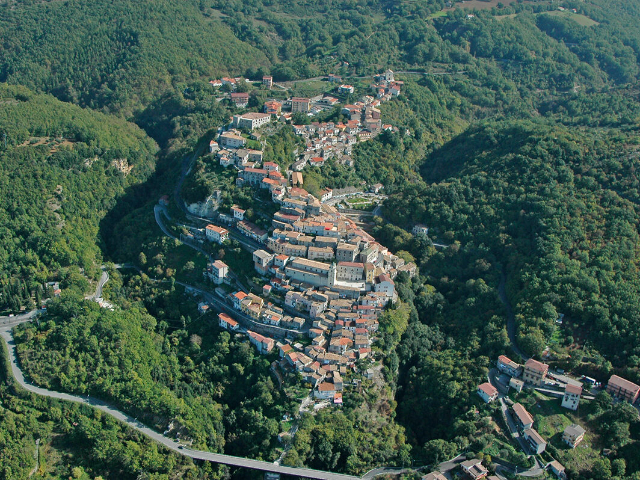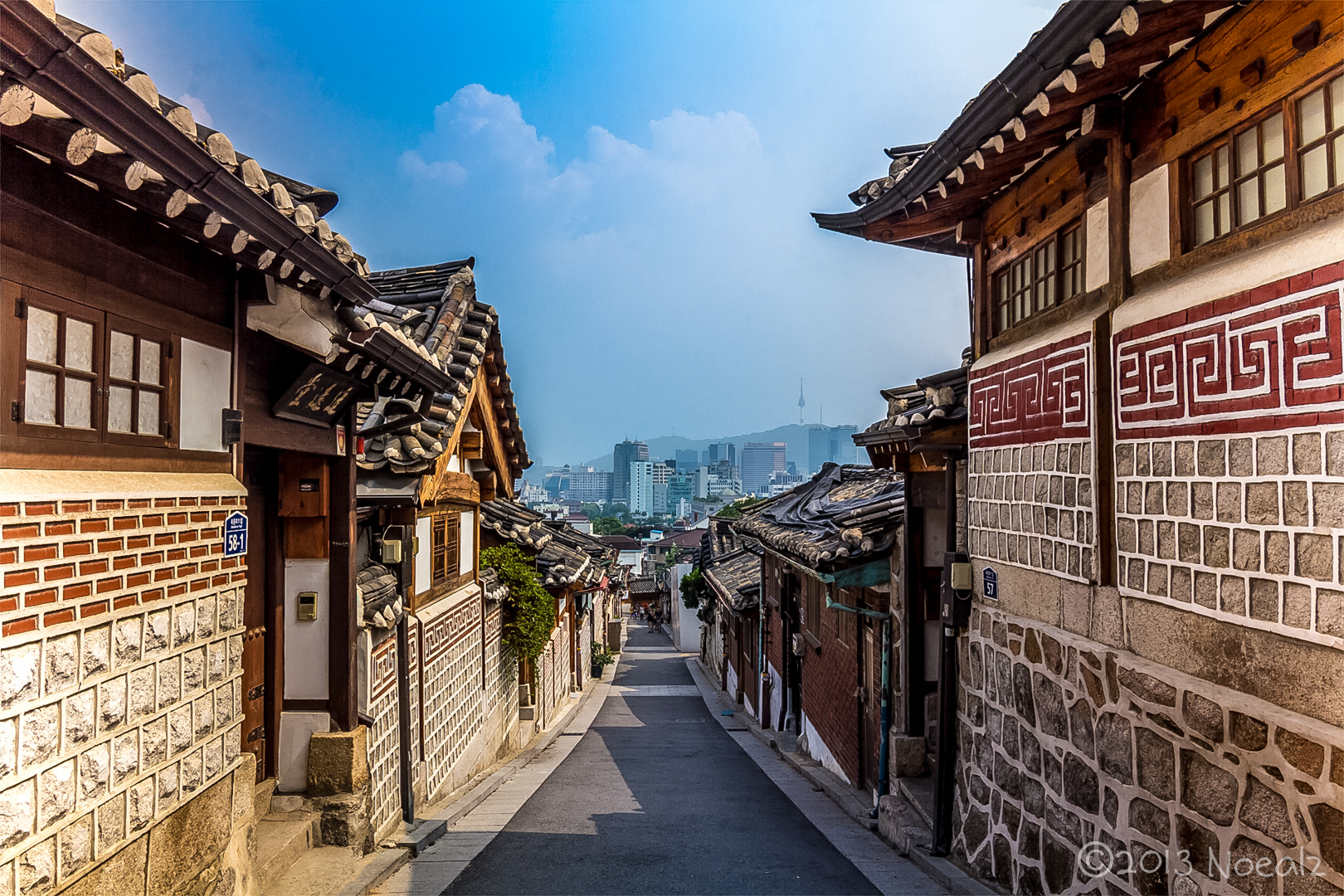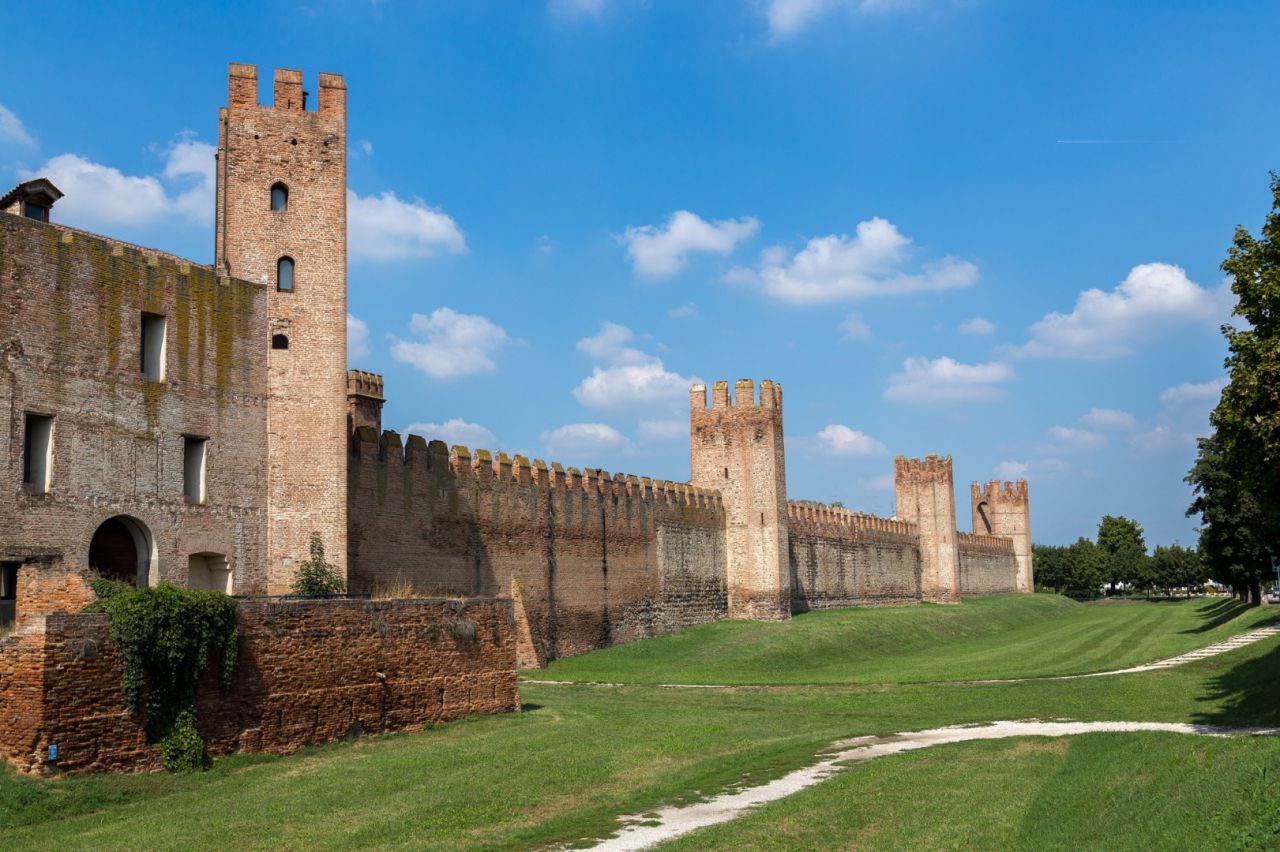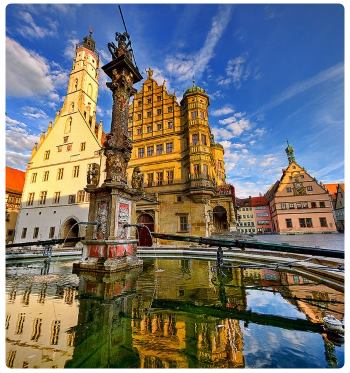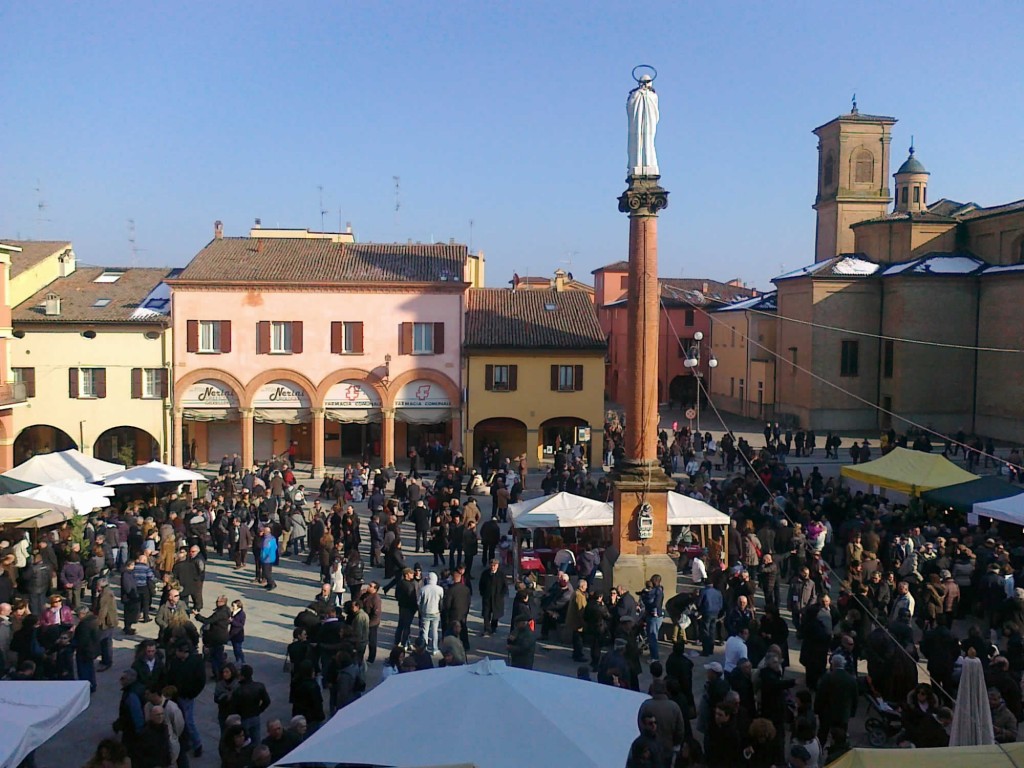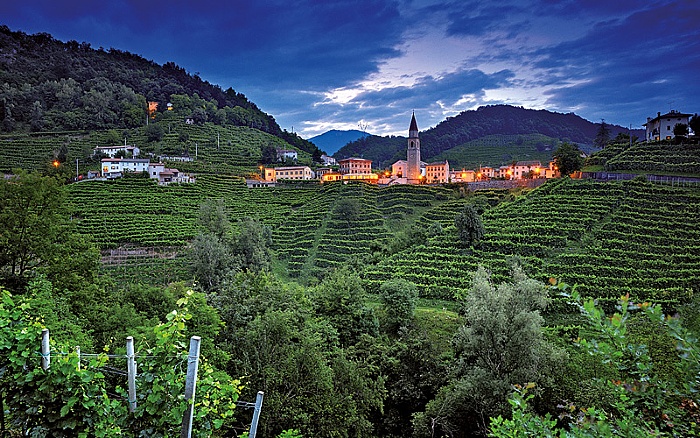<p>Situated in a breathtaking landscape setting, Viggianello stands as a picturesque town in the Basilicata region, with a population of about 2900. This village, listed among the mostù beautiful in Italy, captures attention with its natural surroundings and a charming historic center. Viggianello’s origins are shrouded in a veil of mystery. According to some sources, it dates back to the 2nd century BC as Castrum Byanelli, a Roman stronghold during battles against the Lucanians. Other evidence suggests the presence of Basilian monks in the 9th century. After Roman rule, the region was inhabited by the Lombards, Byzantines, and finally the Normans. The latter founded the initial nucleus, characterized by a fortress with a square tower and the Church of St. Nicholas of Bari. Over time, Viggianello passedò under several dynasties, including the Angevins, the Swabians and the Aragonese. It became a fief of the Sanseverino family, princes of Bisignano. During the process of unification of Italy, Viggianello was transformed into an autonomous municipality in 1808, after the fall of the Bourbons. Despite its small size, Viggianello offers a remarkable cultural and natural heritage. Byzantine and Norman influences are still tangible today, especially in the historic center, where the remains of the lauras, groups of shared monastic cells, tell a fascinating story. Among the religious buildings, the Church of St. Nicholas emerges as the oldest, with fragments of the ancient Norman frescoes. The Chapel of St. Sebastian, originally of Byzantine origin but restored in the 15th century, houses a wooden statue dedicated to Blessed Stephen Seno. The Mother Church of St. Catherine of Alexandria, rebuilt in 1630 in Gothic style, holds priceless works of art. The Convent of St. Anthony houses an elegant white marble sculpture of the Madonna and Child, attributed to Bernini. The 11th-century Norman-Swabian Castle dominates the Viggianello skyline and was once home to William Guiscard and Emperor Frederick II of Swabia. Be enchanted by the surrounding nature as well. Before exploring the Pollino National Park, the largest in Italy, visit the source of the Mercure River, located just downstream from the village. Explore the Deer Wildlife Reserve and Botanical Garden, or indulge in long walks in the loricate pine forests to regenerate body and mind. Sports enthusiasts will find their paradise among water-trekking in streams, horseback riding, fishing, canoeing, rafting and rock climbing. And don’t forget to delight in the local cuisine. Viggianello è an essential stop for food and wine lovers, with simple but authentic dishes. Rappasciona, a mixture of grains and beans, or "mbastata" soup with potatoes and seasonal vegetables, are just some of the delicacies to be enjoyed. Cheeses, cured meats and jams made from fruits of the underbrush represent the essence of a deep-rooted culinary tradition. Viggianello è much more than just a village. &Eegrave; an open window to the past, a plunge into nature and a warm embrace of local culture and traditions. Let yourself be transported by this pearl of Basilicata and experience an adventure that spans the centuries and emotions.</p>
